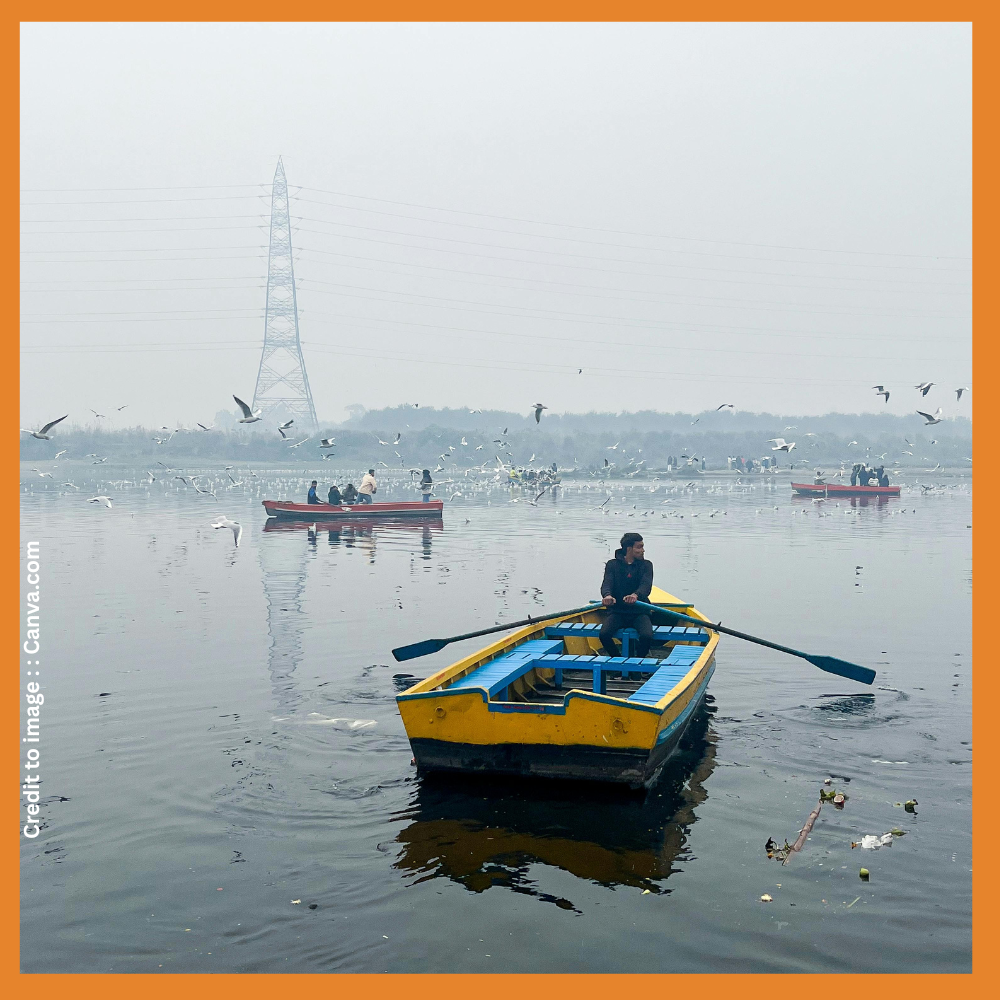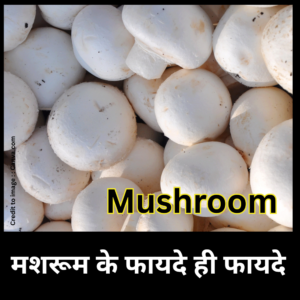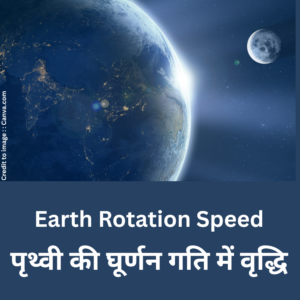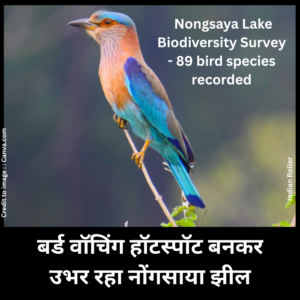The Yamuna River- Lifeline of North India is also a most sacred and significant rivers in India. River flows through northern India and touches millions of lives. This comprehensive article explores the origin, journey, ecological importance, role in sustainable agriculture, climate regulation, and biodiversity preservation associated with the Yamuna. Additionally, it includes multiple scientific and comparative data tables, dam statistics, and frequently asked questions.
Yamuna River- Lifeline of North India
The Yamuna River- Lifeline of North India originates from the Yamunotri Glacier in Uttarakhand at an altitude of about 6,387 meters. A major tributary of the Holy Ganga River. Finally merge with the Holy Ganga River at Triveni Sangam, Allahabad (Prayagraj) Uttar Pradesh India .
The river is not only a sacred symbol in Hindu mythology but also a crucial resource for agriculture, drinking water, and industry. However, urbanization, pollution, and excessive extraction have severely degraded its ecosystem.
Scientific Data Table: Yamuna River Basic Facts
| Parameter | Data |
| Origin | Yamunotri Glacier, Uttarakhand |
| Length | 1,376 km |
| Basin Area | ~366,223 sq. km |
| Average Discharge | ~2,950 cubic meters/second |
| Major Tributaries | Chambal, Sindh, Betwa, Ken |
| States Covered | Uttaranchal (Uttarakhand) , Himachal Pradesh, Haryana, Delhi and Uttar Pradesh |
Yamuna River and Sustainable Agriculture
The Yamuna irrigates some of India’s most fertile lands in western Uttar Pradesh, Haryana, and Delhi. The river supports agriculture through canal systems like the Western Yamuna Canal and Eastern Yamuna Canal.
Data Table: Role in Sustainable Agriculture
| Agricultural Aspect | Yamuna River Contribution |
| Irrigated Area | ~12 million hectares |
| Main Crops Supported | Wheat, Rice, Sugarcane, Pulses |
| Major Irrigation Canals | Western Yamuna Canal and Agra Canal |
| Farming Communities Aided | Over 50 million farmers |
Impact on Climate and Biodiversity
The Yamuna River plays a significant role in local and regional climate regulation. Wetlands and floodplains along the river help in carbon sequestration, reduce urban heat, and act as biodiversity hotspots.
Data Table: Biodiversity and Climate Role
| Element | Contribution of Yamuna River |
| Floodplain Wetlands | ~9,000 hectares in Delhi NCR |
| Flora & Fauna | 500+ species of plants and animals |
| Bird Species | 90+ migratory & resident species |
| Climate Impact | Supports local rainfall and cools microclimate |
Major Dams and Barrages on Yamuna River
Dams and barrages control flow, support irrigation, and provide drinking water to urban centers. However, they also impact ecological flow.
Data Table: Dams and Barrages
| Name | Location | Purpose |
| Hathni Kund Barrage | Haryana | Irrigation, Water Supply |
| Okhla Barrage | Delhi-Uttar Pradesh | Irrigation, Navigation |
| Wazirabad Barrage | Delhi | Drinking Water |
| Gokul Barrage | Mathura, UP | Irrigation, Control Flow |
Comparative Table: Yamuna vs Other Indian Rivers
| River | Length (km) | Basin Area (sq. km) | Pollution Level | States Covered |
| Yamuna | 1,376 | 366,223 | High | 5 |
| Ganga | 2,525 | 861,404 | High | 11 |
| Brahmaputra | 2,900 | 580,000 | Moderate | 7 |
| Godavari | 1,465 | 312,812 | Low | 6 |
FAQs on
Where does the Yamuna River originate?
From the Yamunotri Glacier in Uttarakhand.
Write the name of the major tributaries of the Yamuna River?
Chambal, Sindh, Betwa, and Ken rivers.
How polluted is the Yamuna River?
Yamuna River is polluted rivers of India . Its most polluted in Delhi NCR to Agra .
What causes pollution in the Yamuna River?
Industrial waste, domestic sewage, religious offerings, and solid waste dumping.
Is Yamuna water used for agriculture?
Yes, extensively via canal systems like the Western and Eastern Yamuna Canals.
What are main project to clean the Yamuna River?
Yamuna Action Plan, Namami Gange, and Supreme Court-monitored restoration efforts.
FAQs
How does Yamuna impact biodiversity?
Supports diverse flora and fauna, especially in wetlands and floodplains.
What are the major dams on the Yamuna River?
Wazirabad, and Gokul Barrages , Hathni Kund Haryana , Okhla, are major dams on Yamuna River .
How does Yamuna affect local climate?
Acts as a temperature moderator and supports local rainfall patterns.
Which crops are grown using Yamuna water?
Wheat, sugarcane, rice, pulses, vegetables.
What is the approximate length of the Yamuna River?
Approximately length of Yamuna River is 1,376 kilometers.
What is the role of Yamuna in Indian mythology?
Considered divine, personified as Goddess Yamuna.
Summary:
The Yamuna River is not just a geographical entity but a sacred and economic lifeline of India. Despite the growing threats of pollution and overuse, the river remains crucial for agriculture, biodiversity, climate regulation, and cultural identity. With urgent restoration and sustainable usage, the Yamuna can be revived to serve generations to come.
References:
- Central Water Commission (CWC), India
- National Mission for Clean Ganga (NMCG)
- Ministry of Jal Shakti, Government of India
- CPCB Reports on Yamuna Pollution
- “Rivers of India” – IGNOU Environmental Studies Textbook
PRAKRITI DARSHAN-NATURE AND ENVIRONMENT MAGAZINE
Prakriti Darshan is a leading Hindi-language magazine and digital platform dedicated to raising public awareness on vital issues related to nature, biodiversity, climate change, sustainable development, and environmental conservation. This magazine represents a unique blend of science, society, and sensitivity—offering a common platform for researchers, students, NGOs, policymakers, nature lovers, and conscious citizens alike.
With thought-provoking articles, inspiring stories, environmental research, impactful projects, and policy perspectives, Prakriti Darshan is a transformative journey toward a greener and more sustainable future.
Let us come together to protect and preserve our planet for generations to come. 🌿🌍
Join us in our mission to protect and celebrate the planet. 🌏💚
Click for more information
- Visit www.prakritidarshan.com for Free Magazine ,Free membership benefits ,offered price magazine @ Rs.1 or Rs.11 only and more ……
- 🎗️Sponsor Prakriti Darshan Magazine – Support our environment mission.
- 📚 Explore the Environment Magazine – Read our latest and past issues.
- ✍️ Read Editor’s Article or Blog – Insightful thoughts from our editorial desk.
- 🌱 Join Membership – Be part of India’s leading green community.
- 🤝 Become an NGO Impact Story Partner – Share your grassroots impact nationwide.
- 🏢 Become a Company Partner – Showcase your CSR, ESG, or sustainability work.
- 👤 Become an Individual Partner – Volunteer, write, and raise your green voice.
- 📢 Advertise with Us – Reach eco-conscious readers across India.
- Eco Trails Newsletter
- Donate for “Hari Ho Vashundhara & Har school Hariyali “ Plantation campaign Associated Partner NGO :GDSS NGO www.gdssngo.org
BALA DATT SHARMA,
MANAGING EDITOR ,
PRAKRITI DARSHAN-NATURE AND ENVIRONMENT MAGAZINE
- Yamuna River- Lifeline of North India :A Scientific, Agricultural, and Environmental Perspective - July 14, 2025
- Jurassic World Rebirth Breaks Box Office Records : Global Box Office Revenue $1.5 Billion (And rising) Globally with a Roaring Environmental Message - July 14, 2025
- African Elephant: Facts, Types, Scientific Data, and Why Their Survival Matters for Our Planet - July 13, 2025







